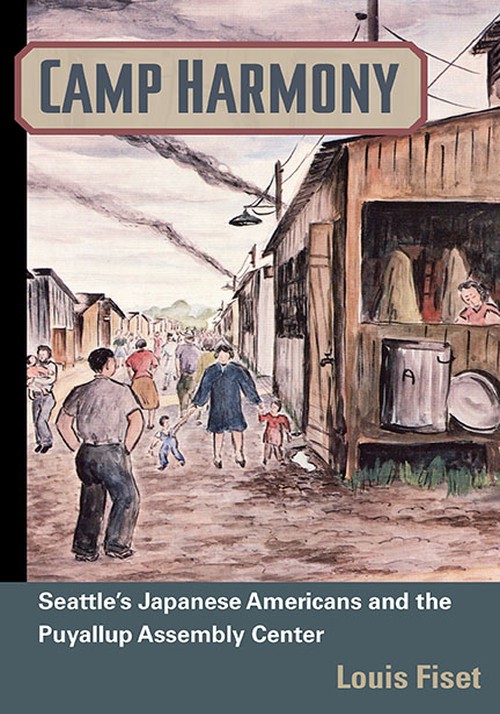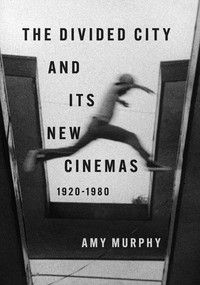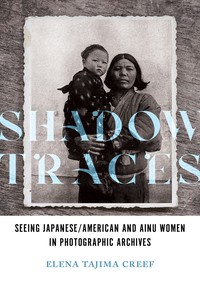
Camp Harmony
Seattle's Japanese Americans and the Puyallup Assembly Center
A detailed portrait of one assembly center for Japanese American internees
Cloth – $110
978-0-252-03491-6
Paper – $27
978-0-252-07672-5
Publication Date
Paperback: 01/01/2009
Cloth: 11/16/2009
Cloth: 11/16/2009
Series: The Asian American Experience
About the Book
This book is the first full portrait of a single assembly center-- located at the Western Washington fairgrounds at Puyallup, outside Seattle--that held Japanese Americans for four months prior to their transfer to a relocation center during World War II. Gathering archival evidence and eyewitness accounts, Louis Fiset reconstructs the events leading up to the incarceration as they unfolded on a local level: arrests of Issei leaders, Nikkei response to the war dynamics, debates within the white community, and the forced evacuation of the Nikkei community from Bainbridge Island. The book explores the daily lives of the more than seven thousand inmates at "Camp Harmony," detailing how they worked, played, ate, and occasionally fought with each other and with their captors. Fiset also examines the inmates' community life, health care, and religious activities. He includes details on how army surveyors selected the center's site, oversaw its construction, and managed the transfer of inmates to the more permanent Minidoka Relocation Center in Idaho.About the Author
Louis Fiset is the author of Imprisoned Apart: The World War II Correspondence of an Issei Couple and coeditor of Nikkei in the Pacific Northwest: Japanese Americans and Japanese Canadians in the Twentieth Century. He has appointments in the University of Washington's dental and medical schools, where he helps train Alaska Natives to provide dental services in Bush Alaska.Reviews
"An important historical work that should be read by all."--Nichi Bei WeeklyBlurbs
"With a narrative style that is consistently crisp, clear, and cogent, this book brilliantly fills a significant void in the study of the Japanese American detention in World War II."--Arthur A. Hansen, editor of the Japanese American World War II Evacuation Oral History Project








